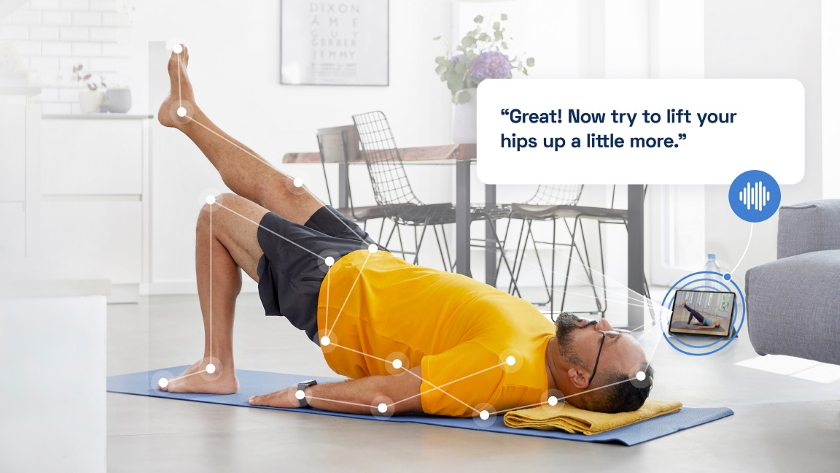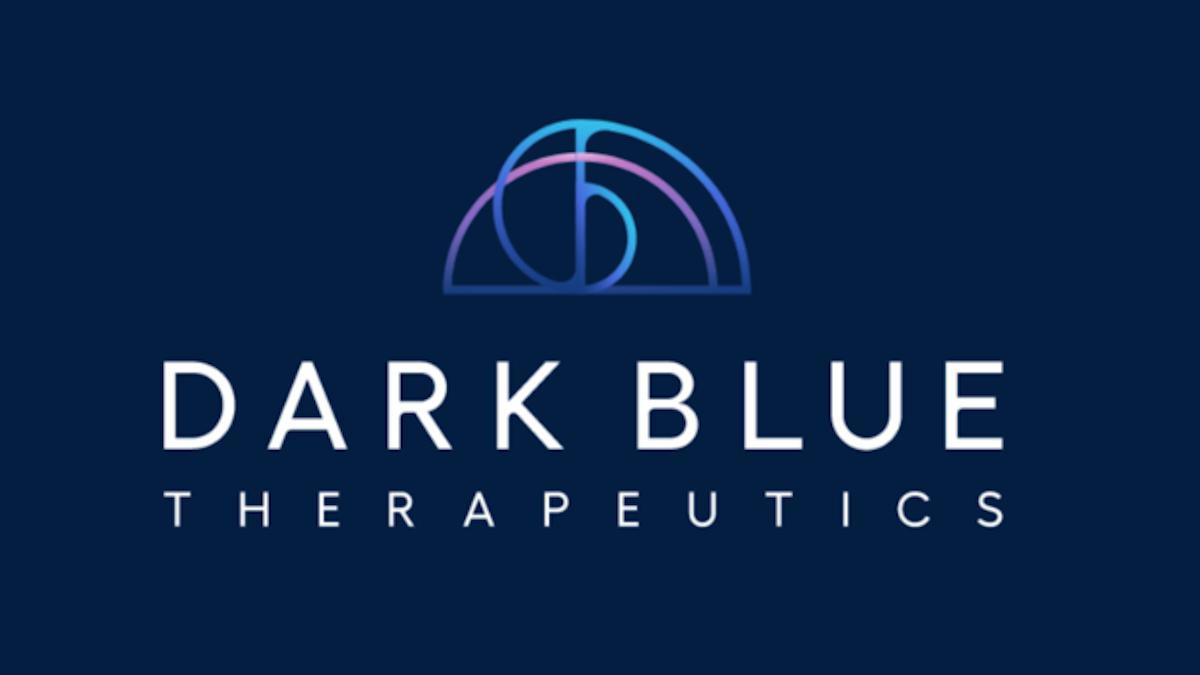Kaia Health gets $75m for digital solution to strains and pains of pandemic workplace

Kaia Health has just announced a $75 million funding round for its technology, aimed at improving musculoskeletal (MSK) and chronic obstructive pulmonary disease (COPD) care. Founder and CEO Konstantin Mehl spoke to pharmaphorum’s news editor Richard Staines about why these treatments will be in demand as the world emerges from the pandemic.
To say that Kaia Health has had a busy 2020 is an understatement.
The pandemic accelerated demand for its digital MSK technology, which uses existing smartphone to provide virtual physical therapy, by 600%.
Officially launched in 2016, Kaia’s technology can now be accessed by 60 million patients worldwide and it claims to be the biggest player in digital MSK in terms of coverage.
It works by using motion capture software to monitor a patient's movements as they undergo physical therapy or exercise, giving feedback on how to improve movements.
Human coaches are also available to help as a backup based on feedback from the artificial intelligence (AI)-based system, to provide a personalised approach.
In an interview with pharmaphorum, CEO Konstantin Mehl said the pandemic had created the growth conditions for the product by driving demand for digital health products.
With millions more people working from home because of lockdown restrictions, demand for the product itself is high as people seek to ensure they remain fit and healthy during lockdown.
But even without COVID-19, demand for products focused on MSK was high because of the way the economy has been shaped over the last decade.
Office workers have always been vulnerable to certain injuries associated with posture and repetitious movement.
But large mail order firms and their warehouse operations are dominating the retail sector and these jobs are demanding and repetitive, bringing risks of strains and sprains.
Outgoing Amazon CEO Jeff Bezos, who is stepping down to become executive chairman, said in a final letter to shareholders that the company should focus on treating musculoskeletal disorders among staff.
These account for around 40% of work-related injuries across the company and incidence is high with other employers across the world.
While Amazon has faced widespread criticism for workplace safety standards, it's thought that this is the first time a large corporation has raised awareness about the issue.
Digital health products are poised to make a difference to people sustaining this kind of injury by offering blanket coverage while also being able to produce a personalised service for each patient.
Digital health is 'standard of care'
Last year saw record investment in digital health and according to a Rock Health report this continued into 2021, with $6.7 billion invested in the sector in Q1 alone.
After unveiling its Kaia Gateway and Premium Partners, based on the largest randomised controlled trial in the digital therapeutics industry, Kaia has attracted $75m to grow its business,
Investors included an unnamed growth equity fund, plus Optum Ventures, Eurazeo, capital300, Balderton Capital, Heartcore Capital, golfer Rory McIlroy’s Symphony Ventures, and A Round Capital.
Mehl told pharmaphorum: “Digital health became a standard of care in the pandemic. A lot of users and people say it is so much more convenient. In a post COVID world people will still like the convenience.”
He added that products such as Kaia can be used anywhere as they work on standard smartphones, which could be of benefit to those working at home during lockdown.
Mehl said: “It’s a move to a more digital workforce. The benefits of insurance firms are focused on main HQ offices.”
But the competition is fierce and Mehl said the company hopes to stay ahead of the game thanks to the new investment and by doubling down on the strategy that it has been pursuing for the last five years.
Making the technology compatible with conventional smartphone tech is a key plank: it ensures maximum coverage while keeping the product’s cost affordable for patients, healthcare systems and employers.
The next step will be to ensure the system, which uses phones as a motion capture device to determine whether exercise is being conduct safety and to monitor disease progression, is integrated into health systems.
According to Mehl Kaia’s strategy is to compete against a host of other products is to integrate it into healthcare services.
He explained: “Now digital therapy is a hot market there are a lot of start-ups launching siloed therapies for a patient it’s important to have the full treatment path.”
This will ensure a joined-up service that can provide useful information to doctors if the system refers a patient.
Without this there's a risk that doctors won't be aware of the work a patient has already done with the app, wasting time during the referral process.
“You put all patients into the therapy but medical provider does not know about the app,” he said.
Reimbursement expected in Europe
Kaia is also building an internal review team, which the new investment will help to build, which can help the firm do some of the heavy lifting in terms of patient support.
“I want to accelerate distribution," said Mehl, who plans to use the new investment to boost the company’s sales operations.
The major European countries will likely be among the first to reimburse the technology at scale but in terms of geographical distribution Mehl is looking at “pretty much everything".
There’s the possibility of a license in Japan and countries like the UK, France, and the Nordics are likely to launch reimbursement codes soon, according to Mehl.
Kaia Health is pushing ahead with the clinical trials that have provided the credibility for the product, with two more going on at the moment.
COPD is another disease where the company has been able to help patients, providing a “multi modal” therapy that helps patients with physical exercises to strengthen the upper body.
“The biggest risk is exacerbations and we offering coping techniques for that,” said Mehl.
Kaia’s goal is to maximise the product’s potential with innovations such as 3D cameras, which have been available on certain smartphones for as long as a decade.
Mehl is ruling out a version of the technology using high-tech custom sensors as this would significantly increase its price, something that runs counter to the strategy of increasing reimbursement coverage.
He concluded: “You need benefits that you can do from anywhere without custom hardware. A remote workforce is the perk of the future.”
About the author
 Richard Staines is the news editor for pharmaphorum and has been covering the pharma industry since 2010. His coverage has included stories about market access, the impact of the Greek financial crisis on the healthcare system and pharma pricing in the UK. Since joining pharmaphorum he has written stories on topics including regulation, mergers and acquisitions, and the latest clinical developments. Richard also contributes to pharmaphorum’s digital magazine, DeepDive.
Richard Staines is the news editor for pharmaphorum and has been covering the pharma industry since 2010. His coverage has included stories about market access, the impact of the Greek financial crisis on the healthcare system and pharma pricing in the UK. Since joining pharmaphorum he has written stories on topics including regulation, mergers and acquisitions, and the latest clinical developments. Richard also contributes to pharmaphorum’s digital magazine, DeepDive.












